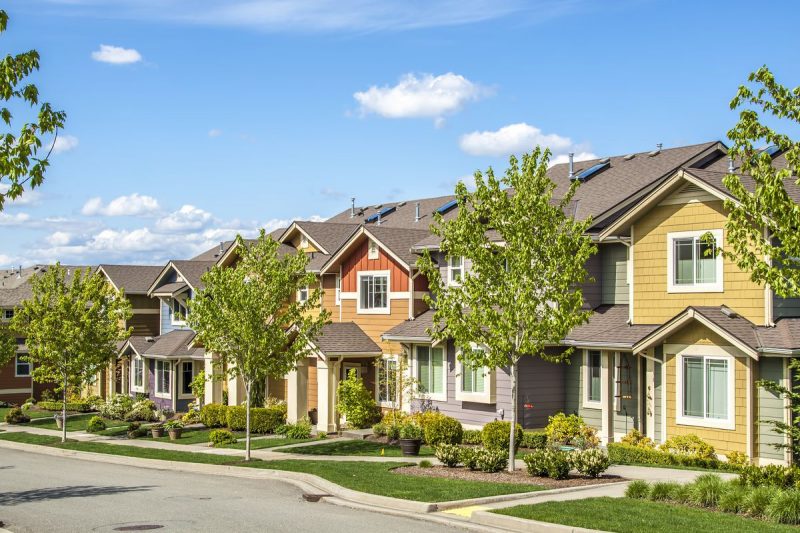Following months of sharp gains, existing-home sales reversed course in February, falling 6.6%, the National Association of REALTORS® reported Monday. However, the dip—precipitated by a persistent inventory crunch that’s getting worse—isn’t necessarily a significant drag on the real estate market, says NAR Chief Economist Lawrence Yun. “The market is still outperforming pre-pandemic levels,” he says.
Despite the supply challenges, all four major regions of the U.S. posted year-over-year sales gains in February, according to NAR. Total existing-home sales—completed transactions that include single-family homes, townhomes, condos, and co-ops—fell to an annual rate of 6.22 million in February. Sales are still up 9.1% compared to a year ago.
Yun cautions that a slowdown in sales growth over the coming months is possible as home prices and rising mortgage rates chip away at housing affordability. “I still expect this year’s sales to be ahead of last year’s, and with more COVID-19 vaccinations being distributed and available to larger shares of the population, the nation is on the cusp of returning to a sense of normalcy,” Yun says. “Many Americans have been saving money, and there’s a strong possibility that once the country fully reopens, those reserves will be unleashed on the economy.”
Here’s a closer look at key indicators from NAR’s latest housing report.
- Home prices: The median existing-home price for all housing types was $313,000 last month, a 15.8% jump compared to a year earlier. Prices rose in every major region of the U.S. annually, led by a 20.6% and 20.5% gain in the West and Northeast, respectively. The Midwest saw a 14.2% increase, and the South posted a 13.6% increase in annual prices.
- Housing inventory: The number of homes for sale continued to decrease in February, down nearly 30% compared to a year earlier. Unsold inventory now sits at just a two-month supply at the current sales pace.
- Days on the market: Seventy-four percent of homes sold in February were on the market for less than a month. Properties typically stayed on the market for 20 days in February, down from 36 days a year prior.
- First-time buyers: First-time buyers comprised 31% of sales in February, down slightly from 32% a year earlier.
- All-cash buyers: All-cash sales accounted for 22% of transactions in February, up from 20% a year ago. Individual investors and second-home buyers accounted for the biggest bulk of all-cash sales and purchased 17% of existing homes in February.
Regional Breakdown
The only region to see a month-over-month uptick in home sales last month was in the West. Here’s a closer look at how existing-home sales fared across the country in February, according to NAR’s report:
- Northeast: Existing-home sales dropped 11.5% in February to an annual rate of 770,000, a 13.2% increase from a year ago. Median price: $356,000, up 20.5% from February 2020.
- Midwest: Existing-home sales fell 14.4% to an annual rate of 1.31 million in February, still 2.3% higher than a year ago. Median price: $231,800, a 14.2% climb from February 2020.
- South: Existing-home sales dropped 6.1% to an annual rate of 2.77 million in February, still 9.9% higher than a year ago. Median price: $271,200, a 13.6% increase from February 2020.
- West: Existing-home sales increased 4.6%, reaching an annual rate of 1.37 million, up 12.3% from a year ago. Median price: $493,300, up 20.6% from February 2020.












